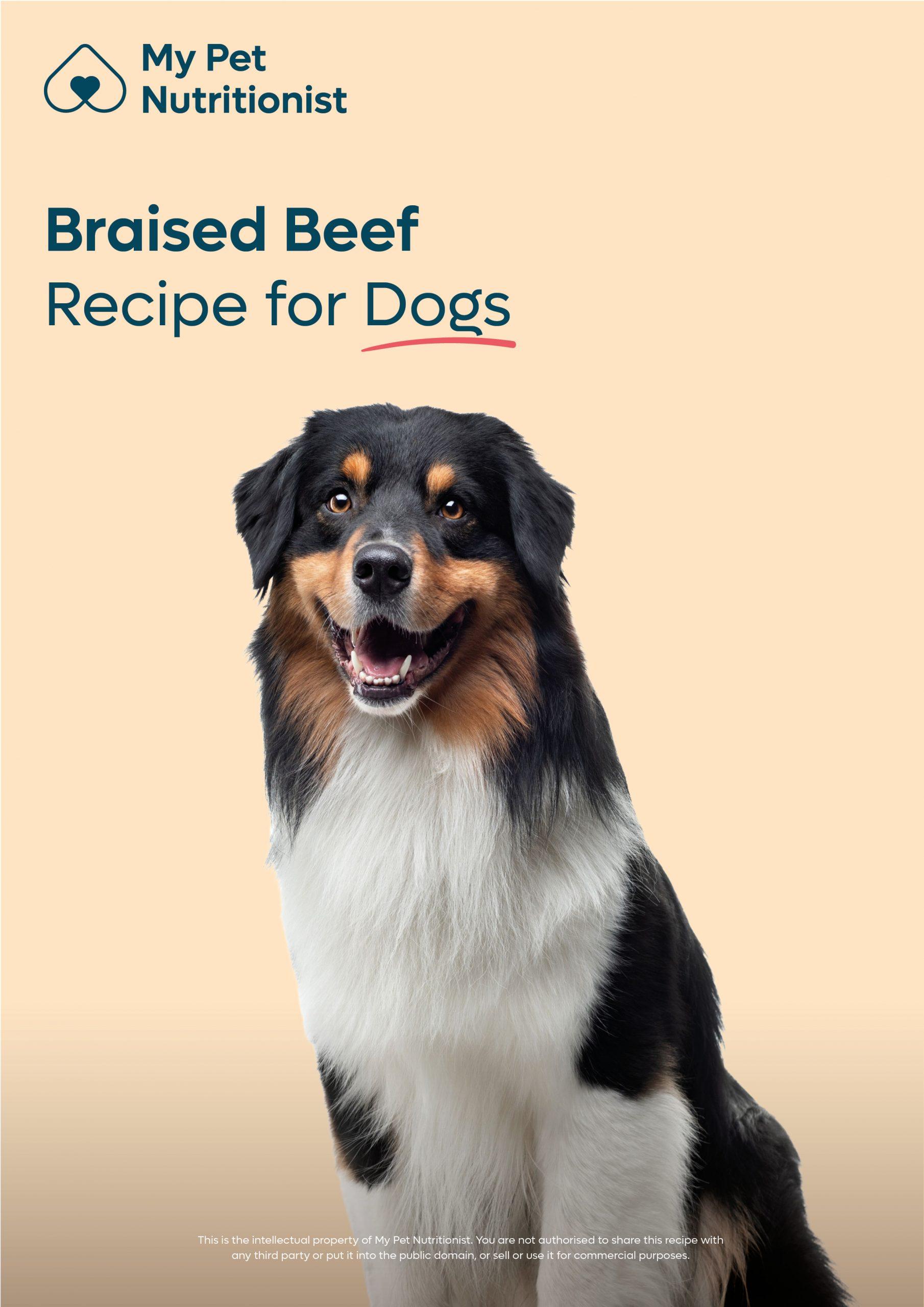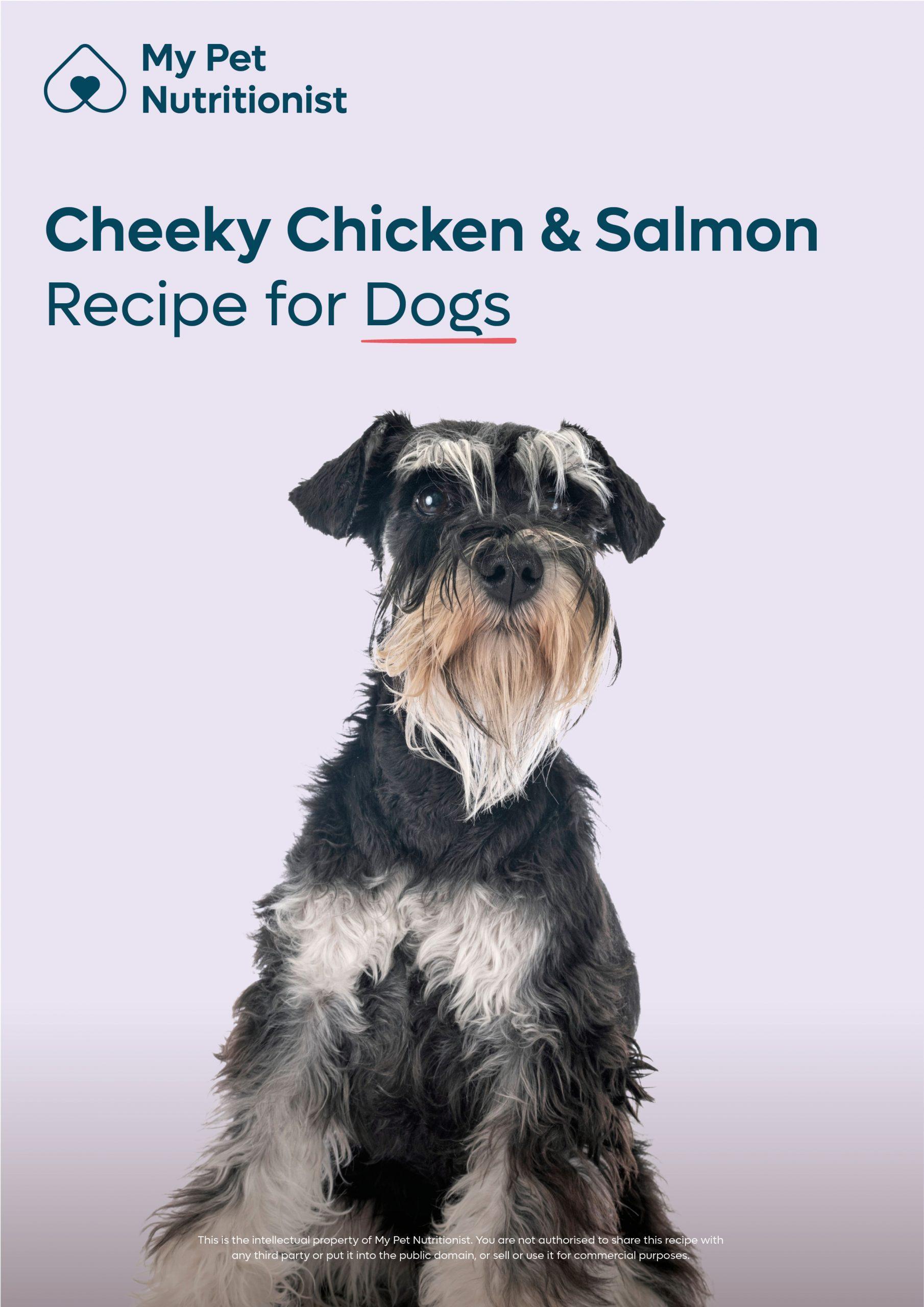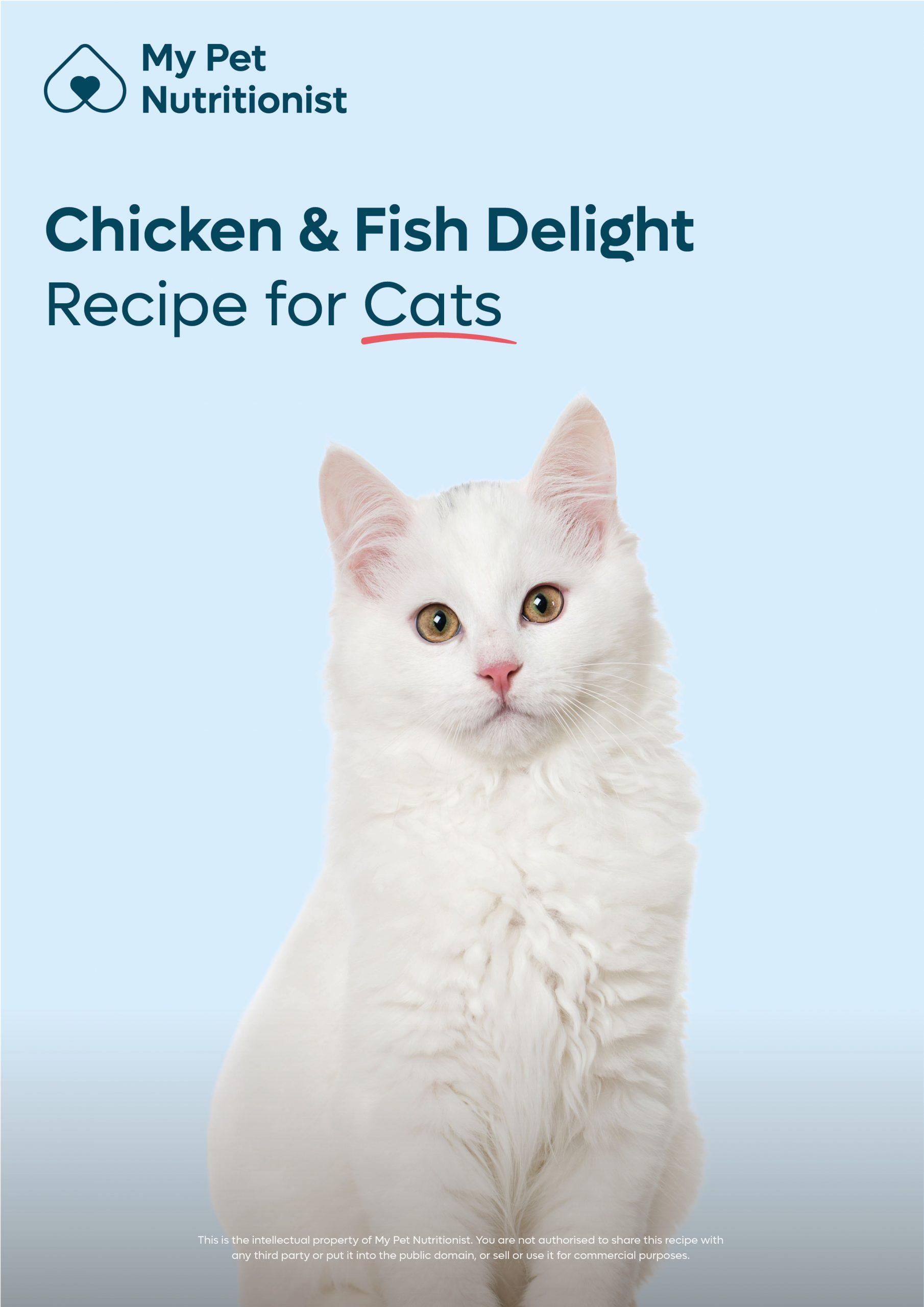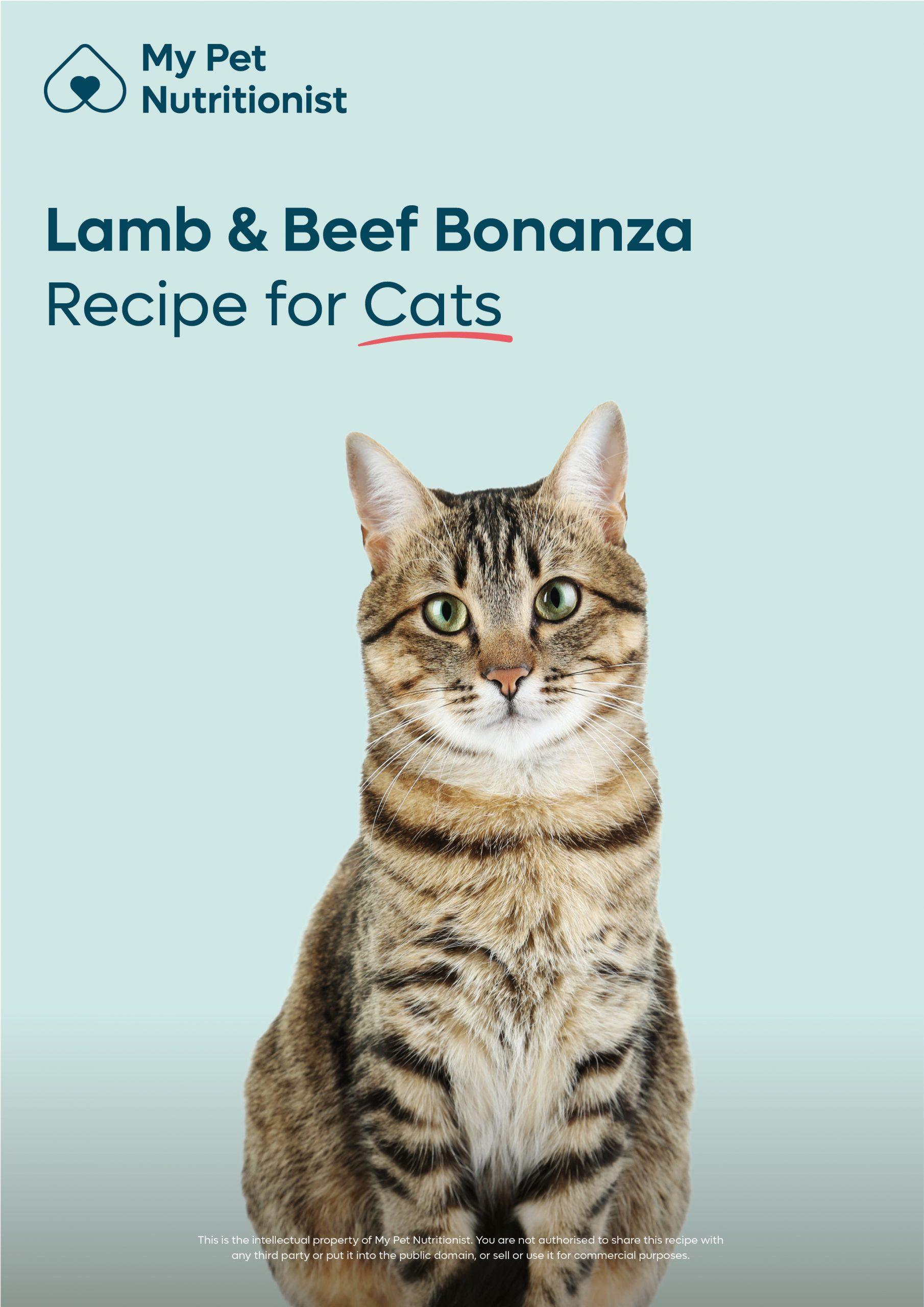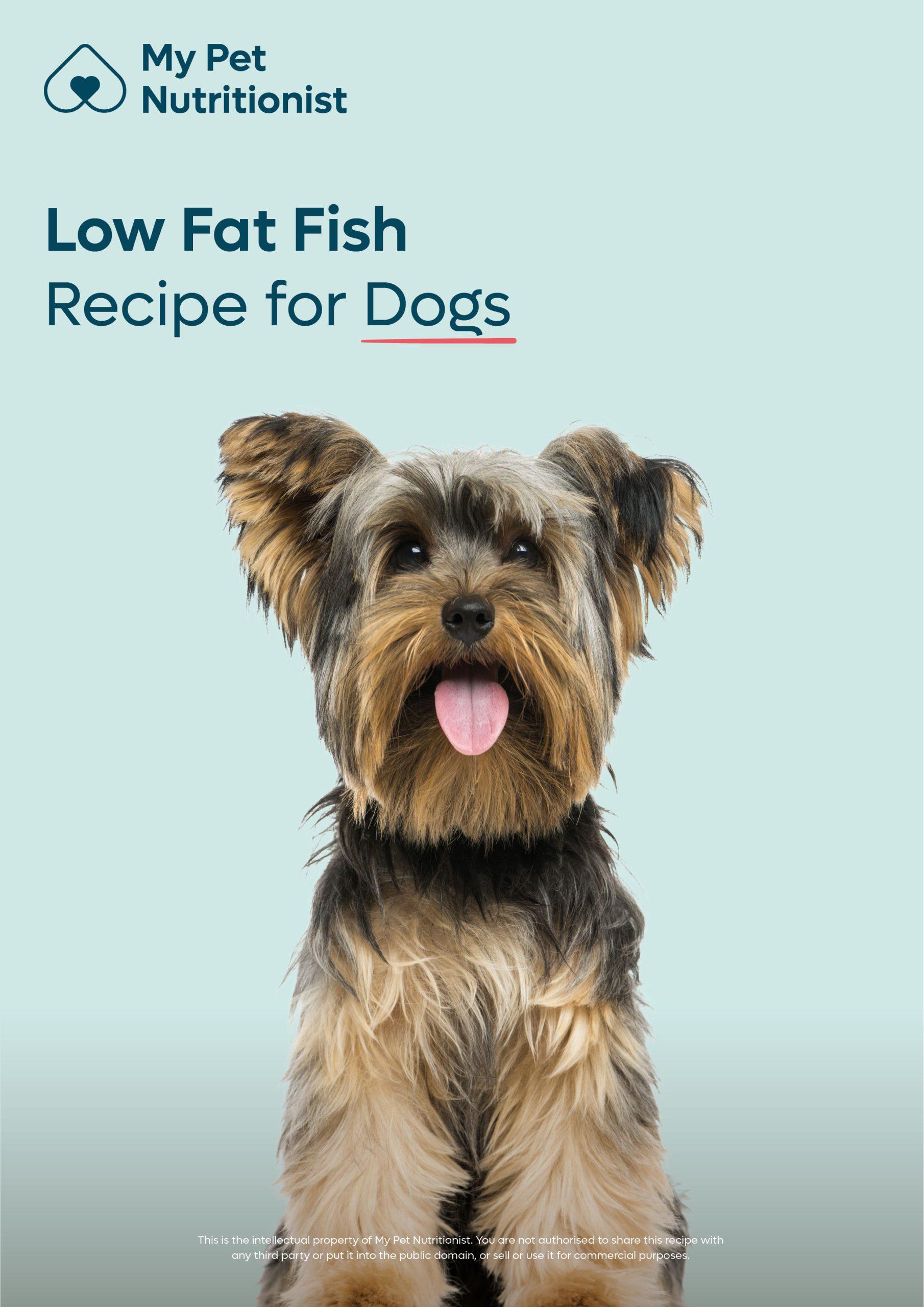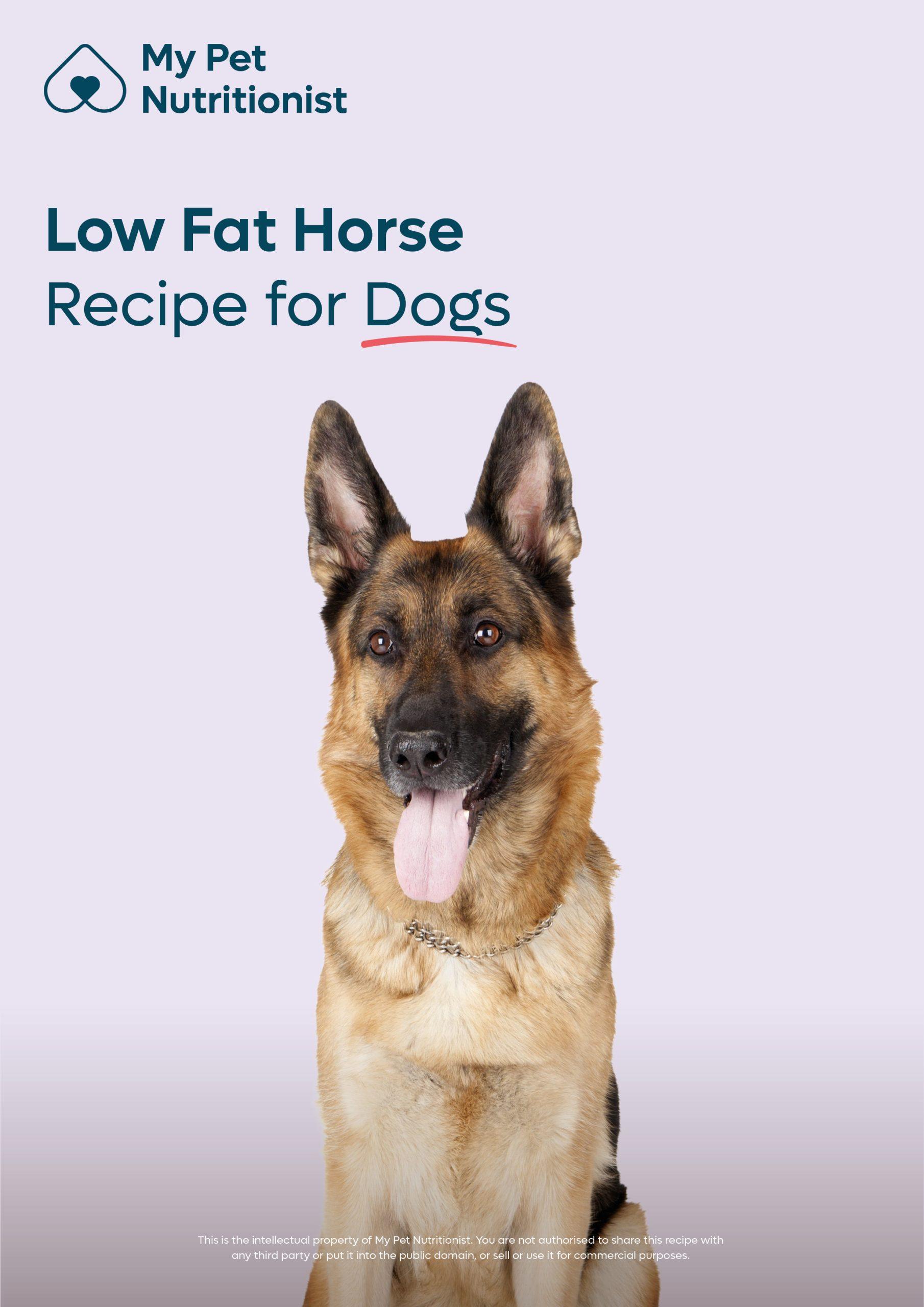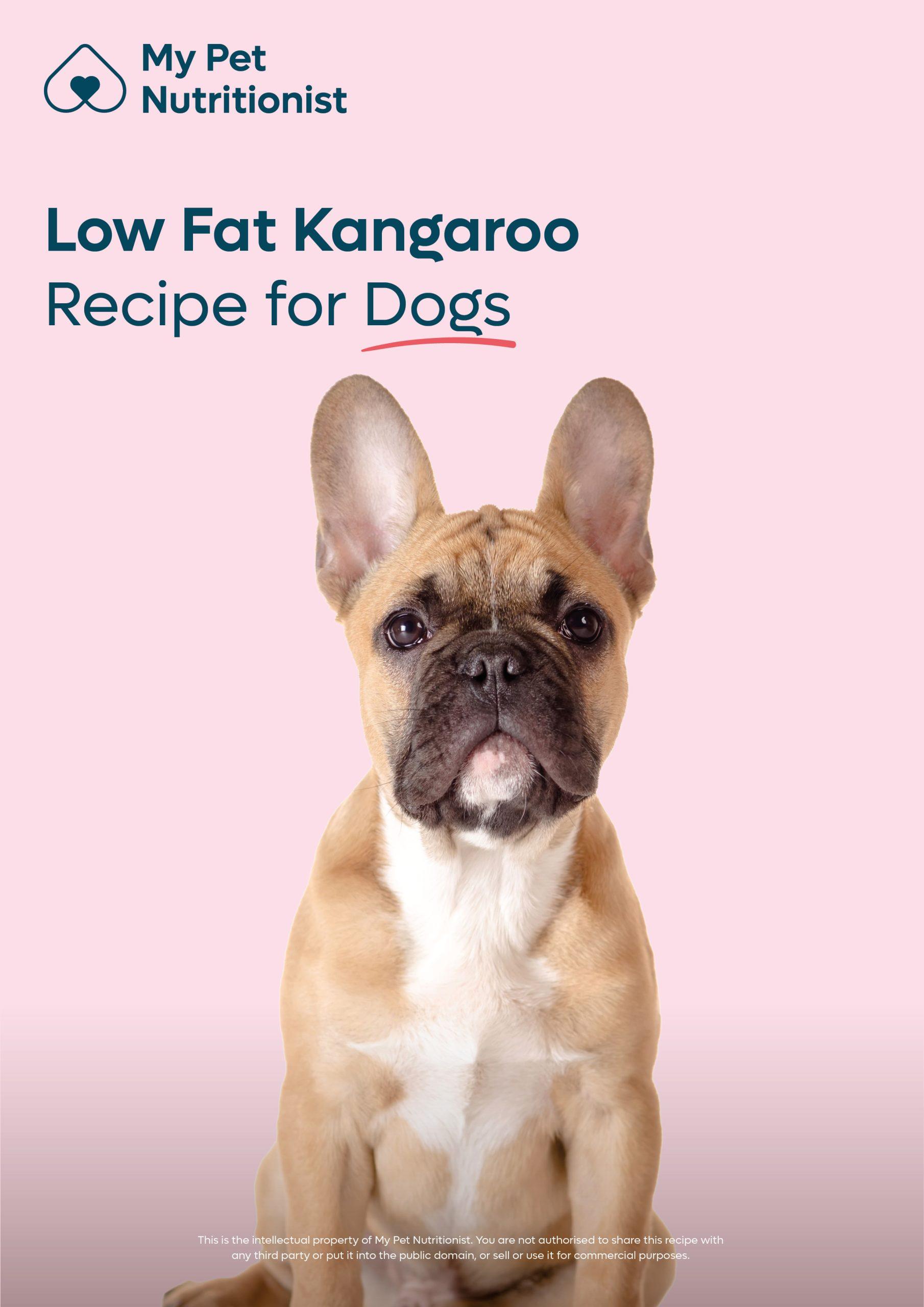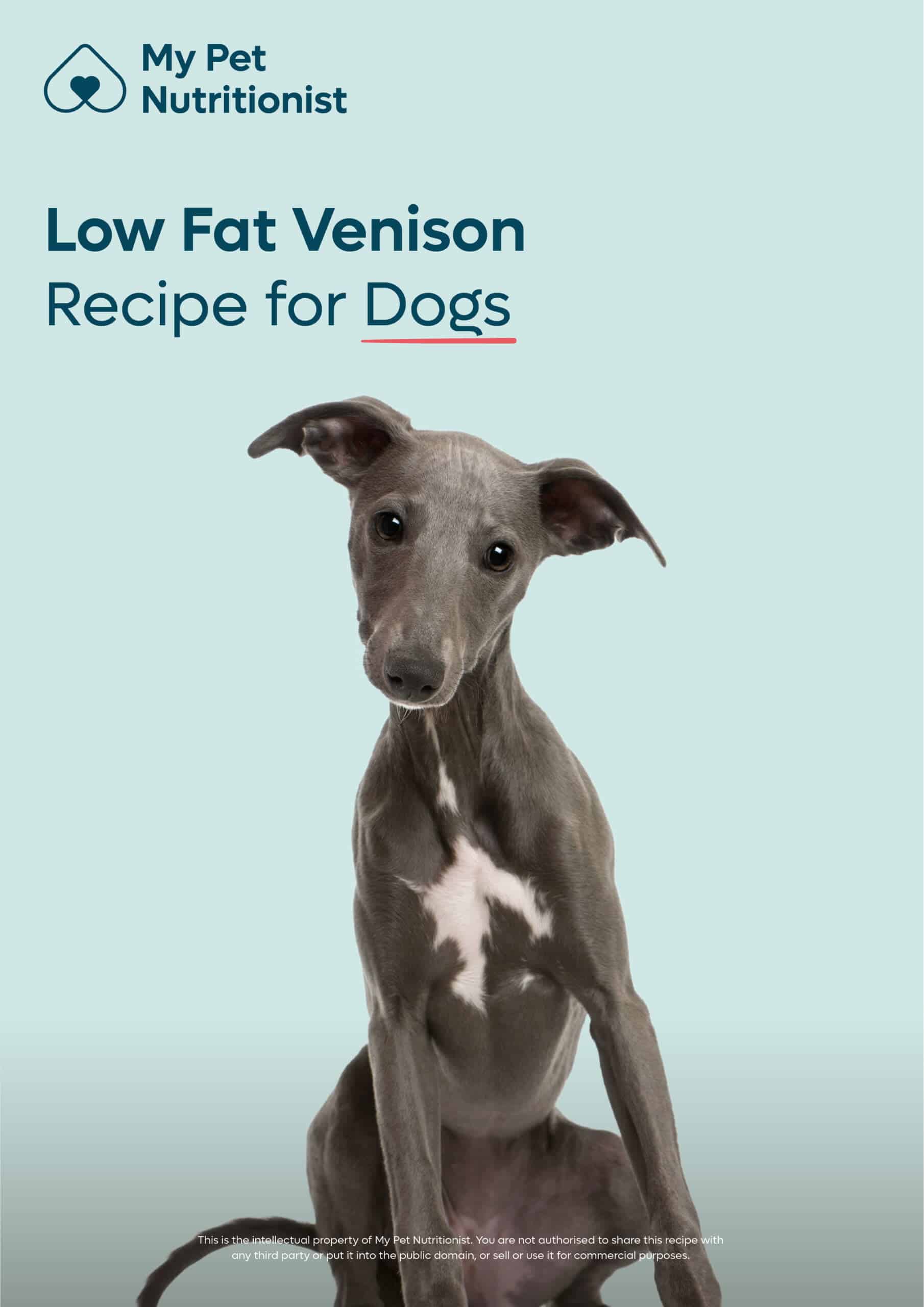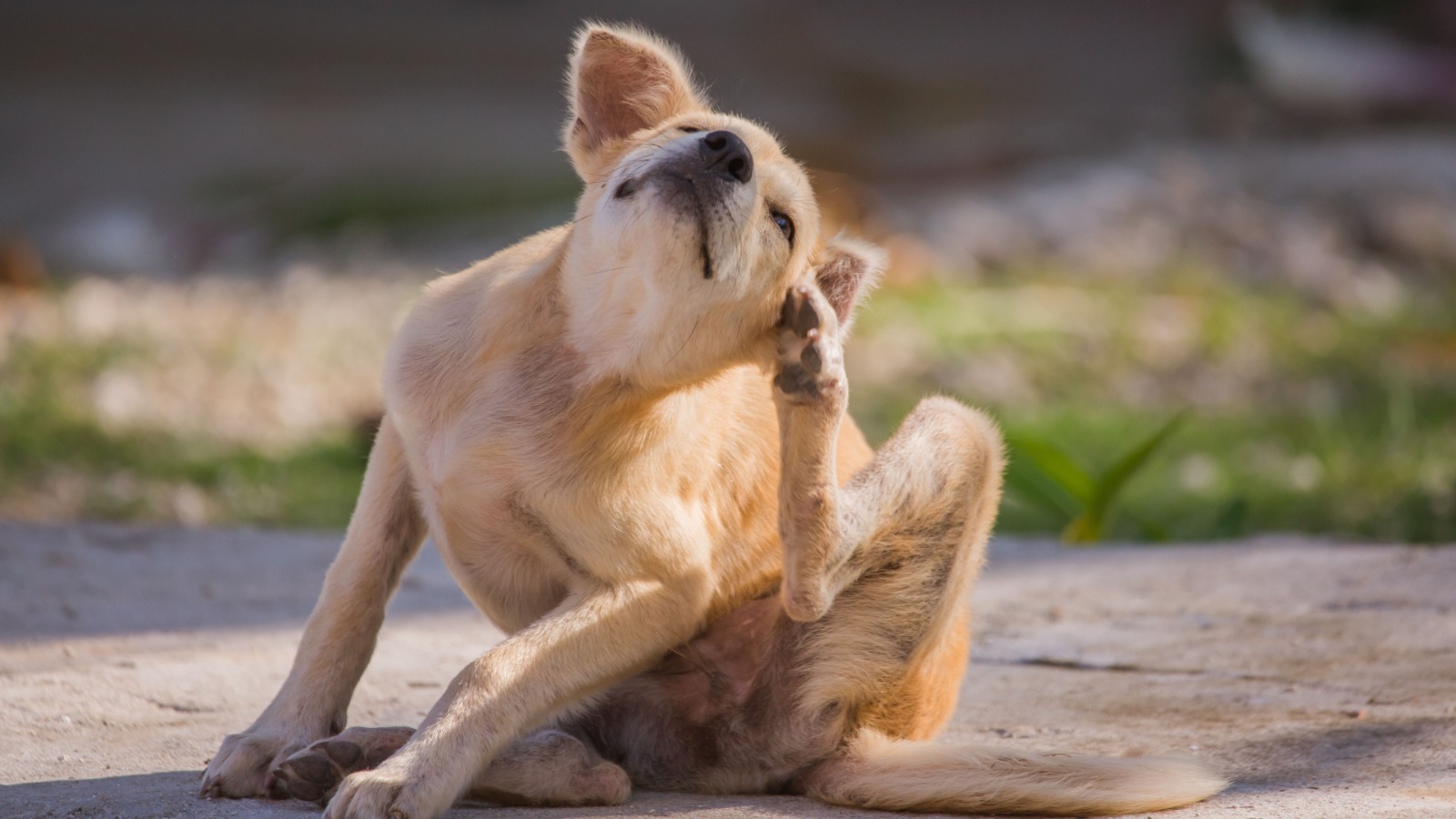-
£19.99

Is My Dog a Carnivore or an Omnivore?
- August 3, 2023
- 8 mins 30 secs
The long debated question in the world of canines; are dogs carnivores, or omnivores? Here at My Pet Nutritionist, we are ready to put the somewhat controversial question to bed! There may be some fine lines between types of carnivore, and omnivores, so read carefully!
Think of a facultative carnivore as a step between an obligate carnivore (only eats meat), and an omnivore (eats a fairly equal mix of meat and plant matter). Facultative carnivores eat a predominantly meat mased diet, and need this to thrive, but can benefit from a small amount of plant matter, for which more information is available in our blog: How to Balance an 80:10:10.
When we look at Phylogenetics (the system which classifies and categorises every living organism depending on it’s evolutionary history), we can see that domestic, and wild dogs are part of the Canidae Family, and in the Order ‘Carnivora’. Other species in this Order, include Grey Wolves (of which our domestic dogs share 99.9% of their DNA), jackals, foxes, wild dogs and dingoes.
Findings Here
Findings Here
The stomach is an important part of the digestive tract, as this is where gastric juices are mixed with food and kneaded using contractions of the stomach, which breaks the food down, ready for digestion. The carnivores stomach is always single chambered, and takes up around 60-70% of the entire capacity of the digestive system, which allows for consumption of large meals, eaten at a quick pace – many pet owners try to slow their dogs down when eating, however this is not necessary, and is actually very natural, unless the dog has an underlying medical condition, whereby digestive capabilities are poor, and eating too fast causes gas and regurgitation.
When we look at the intestines of a dog, or any other carnivore, we see they are incredibly short in comparison to that of a species who consumes a lot of plant matter. As there will be little plant matter to digest, and meat is much easier to digest, the intestine doesn’t need to be longer, in order for it to fully absorb the nutrients gained from the diet. Having a short digestive tract, also ensures bad bacteria consumed in the diet are not able to recolonize.
A final part of the digestive tract to look at, is pH – the strength of the stomach acid. The pH of a carnivores stomach is extremely low, making it extremely acidic; close to that of battery acid, when in the presence of food! Having such an incredibly acidic stomach, means they are able to digest meat very easily, as well as fight off pathogens within the food consumed. Omnivores have less acidic gastric juices, and herbivores have stomach acid so weak, it is almost pH7 (neutral), which teamed with a longer digestive tract, aids the gentle digestion of plant matter.
Findings Here
Findings Here
Lets take a look at the width of an open mouth. Open your mouth, and look in the mirror. Now watch your dog open his or her mouth when yawning, panting, or eating. You will notice a huge difference in size of the oral cavity when the mouth is open. A large opening enables carnivores to catch, kill and rip their prey apart. Omnivores don’t need to do this, so have a much smaller oral opening. The joint in the jaw of carnivores acts as a hinge, and is very stable; in omnivores, the jaw joint is much more complex, and slightly less stable.
The muscles in the face, particularly around the jaw area, are so incredibly powerful in carnivores, that the size of the muscle is what forms the slightly angular shape of the dog’s cheeks/face. Omnivores have a much weaker, and therefore smaller muscle here, which is far less noticeable by eye.
The third difference regarding the jaw itself, is that omnivores have plenty of side-to-side movement, as well as backward and forward movement; this allows for the teeth to grind plant matter easily, as well as chew animal based matter. In carnivores, the jaw has extremely limited movement, bar up and down. This allows for the jaw to act almost like a pair of scissors, chopping the meat consumed in to smaller pieces in order to make them easier to swallow.
On to the teeth!
Both carnivores and omnivores have Incisors at the front of the mouth, followed by incisors, followed by molars at the back of the mouth. These, however, have different qualities in carnivores versus omnivores.
The incisors of a carnivore are pointed, and short; this enables them to efficiently catch and disable prey. The incisors of an omnivore are not pointed, and are longer in comparison to other teeth in the mouth.
The canines of a carnivore are very long, and pointed, equipping the animal with it’s own daggers, to rip and tear the meat. Omnivores have canines which are a similar length to the incisors, only very slightly pointed.
Finally, the molars. Those of carnivores are slightly pointed, but very flat compared with other teeth in the mouth. These help grind down bone, fur, and a little fibrous plant matter. Omnivorous molars are very much flat, and not pointed, to create a larger surface area which is able to cope with grinding down more plant material.
Take a look at your dog’s teeth during your routine oral care routine or husbandry training – you will see the dentition is that of a carnivore! Read more about canine dentition in our blog here!
Findings Here
When looking at plant based sources of omega, carnivores really struggle with the conversion of plant based sources of ALA, to EPA and DHA, due to the lack of D5 desaturase enzyme. Cats are physically unable to convert plant based ALA into EPA and DHA, as they completely lack the enzymes required for the conversion. Dogs are only able to convert around 5 to 15% of plant based ALA sources due to not naturally producing the amount of D5 desaturase enzyme required for the process. This is why flax based omega products are not the best option for our carnivorous canines, as they are notoriously difficult for dog to utilise efficiently.
Findings Here
Amylase, the enzyme responsible for the breaking down of carbohydrates, is the other main enzyme which proves our dogs are facultative carnivores. The gene responsible for production of amylase, is called AMYB2. Recent studies show that unlike wild carnivorous mammals, who only have two copies of the gene, domesticated dogs have between 3 and 32 copies – this very much depends on the breed of dog. While this gene is more present in domestic dogs, than in their wild cousins, there is not enough to enable a dog to digest a high carbohydrate diet, but does allow them to benefit from a little plant matter, which brings about the benefits of polyphenols, antioxidants and phytonutrients found in some plants. This is the main difference between a facultative carnivore, and an omnivore; who would have far more copies of the gene, and therefore the ability to digest higher amounts of carbohydrates.
Omnivores also have the amylase enzyme in their saliva, which helps start the process of digestion during mastication. Dogs however, do not need this, as carnivores eat quickly, so digestion occurs in the gut.
Findings Here
Giving your dog enrichment helps them not only practice calmness, but also allows them to display their natural scavenging behaviours! It’s a great idea all round, so why not get those enrichment games out for meal times?!
Findings Here
As an example, a paper written in 2013, and funded by a large pet food company, stated that dogs were omnivores because they can eat plant matter. What they failed to portray was that dogs can survive on predominantly plant based diets, however not necessarily thrive on a plant based diet.
The pet food industry is a billion dollar industry – many companies want their slice of that, but at what cost to our pets’ health? They have an incentive to publish so-called ‘studies’ to fit their narrative. We, as owners, need to look at the whole picture – something this blog should open your eyes to a little more!
The average life expectancy of dogs, since more plant based foods have been brought to market, has reduced from 17 years to 10.5 years! A very scary figure.
A lot of foods on the market appear to be aimed toward human emotion and influence, such as vegan foods for dogs – these are not only over processed, but not biologically appropriate, high in carbohydrates, and full of synthetic nutrients to be able to make it ‘complete’. There are thankfully, thousands of people who choose a vegan lifestyle for themselves, but feed a meat based diet for their carnivorous pets! Try not to be influenced by your morals and emotions, and always remember, your dog is carnivore – they need meat to thrive!
We therefore conclude that dogs are scavenging carnivores rather than an omnivore, by definition, due to their physiological make-up. This is why we always suggest feeding a fresh, well-balanced diet with predominantly meat sources to benefit their health and longevity, as well as mental wellbeing.
If you need help improving your dog’s lifestyle, please don’t hesitate to book a consultation with one of the team!
Team MPN x
Carnivores vs Omnivores: Diet
As most of our readers will know, carnivorous animals eat, and thrive on meat and meat products only, whereas omnivorous animals eat, and thrive off a roughly equal mixture of meat and plants. Herbivorous animals eat purely plants, and insectivorous animals eat predominantly insects.‘-carni’ means meat, ‘-omni’ means all, ‘-herbi´ means plant, and ‘-vore’ means eater in latinBiologically, humans are omnivorous. We are biologically designed to eat both meat, and plant matter. Our feline companions are carnivorous; in fact, they’re obligate carnivores, which means they do not utilise any plant matter well. So where does that leave our wonderful canine counterparts?
Canines are facultative carnivores!How does a facultative carnivore differ from an obligate carnivore, and an omnivore, we hear you ask!
Think of a facultative carnivore as a step between an obligate carnivore (only eats meat), and an omnivore (eats a fairly equal mix of meat and plant matter). Facultative carnivores eat a predominantly meat mased diet, and need this to thrive, but can benefit from a small amount of plant matter, for which more information is available in our blog: How to Balance an 80:10:10.
When we look at Phylogenetics (the system which classifies and categorises every living organism depending on it’s evolutionary history), we can see that domestic, and wild dogs are part of the Canidae Family, and in the Order ‘Carnivora’. Other species in this Order, include Grey Wolves (of which our domestic dogs share 99.9% of their DNA), jackals, foxes, wild dogs and dingoes.
Findings Here
Findings Here
The Digestive Tract
When we look at the digestive tract of a dog, or any other carnivore, and compare it to that of a herbivore, or an omnivore, there are differences which further prove that dogs are carnivorous. Because a predominantly meat based diet takes less time to digest, carnivores have a much shorter digestive tract than those who eat a large amount of plant matter.The stomach is an important part of the digestive tract, as this is where gastric juices are mixed with food and kneaded using contractions of the stomach, which breaks the food down, ready for digestion. The carnivores stomach is always single chambered, and takes up around 60-70% of the entire capacity of the digestive system, which allows for consumption of large meals, eaten at a quick pace – many pet owners try to slow their dogs down when eating, however this is not necessary, and is actually very natural, unless the dog has an underlying medical condition, whereby digestive capabilities are poor, and eating too fast causes gas and regurgitation.
When we look at the intestines of a dog, or any other carnivore, we see they are incredibly short in comparison to that of a species who consumes a lot of plant matter. As there will be little plant matter to digest, and meat is much easier to digest, the intestine doesn’t need to be longer, in order for it to fully absorb the nutrients gained from the diet. Having a short digestive tract, also ensures bad bacteria consumed in the diet are not able to recolonize.
A final part of the digestive tract to look at, is pH – the strength of the stomach acid. The pH of a carnivores stomach is extremely low, making it extremely acidic; close to that of battery acid, when in the presence of food! Having such an incredibly acidic stomach, means they are able to digest meat very easily, as well as fight off pathogens within the food consumed. Omnivores have less acidic gastric juices, and herbivores have stomach acid so weak, it is almost pH7 (neutral), which teamed with a longer digestive tract, aids the gentle digestion of plant matter.
Findings Here
Findings Here
Jaw and Dentition
Next, we will look at the jaw, and dentition of the carnivore vs omnivore.Lets take a look at the width of an open mouth. Open your mouth, and look in the mirror. Now watch your dog open his or her mouth when yawning, panting, or eating. You will notice a huge difference in size of the oral cavity when the mouth is open. A large opening enables carnivores to catch, kill and rip their prey apart. Omnivores don’t need to do this, so have a much smaller oral opening. The joint in the jaw of carnivores acts as a hinge, and is very stable; in omnivores, the jaw joint is much more complex, and slightly less stable.
The muscles in the face, particularly around the jaw area, are so incredibly powerful in carnivores, that the size of the muscle is what forms the slightly angular shape of the dog’s cheeks/face. Omnivores have a much weaker, and therefore smaller muscle here, which is far less noticeable by eye.
The third difference regarding the jaw itself, is that omnivores have plenty of side-to-side movement, as well as backward and forward movement; this allows for the teeth to grind plant matter easily, as well as chew animal based matter. In carnivores, the jaw has extremely limited movement, bar up and down. This allows for the jaw to act almost like a pair of scissors, chopping the meat consumed in to smaller pieces in order to make them easier to swallow.
On to the teeth!
Both carnivores and omnivores have Incisors at the front of the mouth, followed by incisors, followed by molars at the back of the mouth. These, however, have different qualities in carnivores versus omnivores.
The incisors of a carnivore are pointed, and short; this enables them to efficiently catch and disable prey. The incisors of an omnivore are not pointed, and are longer in comparison to other teeth in the mouth.
The canines of a carnivore are very long, and pointed, equipping the animal with it’s own daggers, to rip and tear the meat. Omnivores have canines which are a similar length to the incisors, only very slightly pointed.
Finally, the molars. Those of carnivores are slightly pointed, but very flat compared with other teeth in the mouth. These help grind down bone, fur, and a little fibrous plant matter. Omnivorous molars are very much flat, and not pointed, to create a larger surface area which is able to cope with grinding down more plant material.
Take a look at your dog’s teeth during your routine oral care routine or husbandry training – you will see the dentition is that of a carnivore! Read more about canine dentition in our blog here!
Findings Here
Enzymes
The enzymes and amounts of said enzymes naturally occurring in carnivores are very different to those of omnivores.When looking at plant based sources of omega, carnivores really struggle with the conversion of plant based sources of ALA, to EPA and DHA, due to the lack of D5 desaturase enzyme. Cats are physically unable to convert plant based ALA into EPA and DHA, as they completely lack the enzymes required for the conversion. Dogs are only able to convert around 5 to 15% of plant based ALA sources due to not naturally producing the amount of D5 desaturase enzyme required for the process. This is why flax based omega products are not the best option for our carnivorous canines, as they are notoriously difficult for dog to utilise efficiently.
Findings Here
Amylase, the enzyme responsible for the breaking down of carbohydrates, is the other main enzyme which proves our dogs are facultative carnivores. The gene responsible for production of amylase, is called AMYB2. Recent studies show that unlike wild carnivorous mammals, who only have two copies of the gene, domesticated dogs have between 3 and 32 copies – this very much depends on the breed of dog. While this gene is more present in domestic dogs, than in their wild cousins, there is not enough to enable a dog to digest a high carbohydrate diet, but does allow them to benefit from a little plant matter, which brings about the benefits of polyphenols, antioxidants and phytonutrients found in some plants. This is the main difference between a facultative carnivore, and an omnivore; who would have far more copies of the gene, and therefore the ability to digest higher amounts of carbohydrates.
Omnivores also have the amylase enzyme in their saliva, which helps start the process of digestion during mastication. Dogs however, do not need this, as carnivores eat quickly, so digestion occurs in the gut.
Findings Here
Feeding Behaviour
The final point we will discuss in this blog, is behaviour, and feeding patterns. Dogs are best described as scavenger carnivores; they’re opportunists, which is typical of carnivorous species. Omnivorous species tend to have more of a schedule to their eating, whereas carnivores tend to scavenge, and eat what is available. If your dog begs, this behaviour really is quite natural – they’re hopeful of an opportunity to scavenge some food!Giving your dog enrichment helps them not only practice calmness, but also allows them to display their natural scavenging behaviours! It’s a great idea all round, so why not get those enrichment games out for meal times?!
Findings Here
Bias in the Industry, and Human Influence
As with many things in the pet health industry, there is sadly, a huge amount of scientific bias and human influence, with profiteering in mind. With companies marketing their low quality, non biologically appropriate, and usually ultra processed dog feeds, as the créme de la créme, they are gradually becoming more and more profitable, which in turn allows them to run their own studies on certain aspects of pet care, contrary to the hundreds, if not thousands of studies already available to them in current scientific journals. As a company, understandably they need to be profitable – would you buy a food with no scientific backing? Probably not! So when the current research available doesn’t fit the ethos of the food in question, this is when biased studies come in. It can be so hard to pick a biased study out of a line up, so this is where you really need to delve in to the background of the authors, and where the funds for the study came from – use independent studies for research, not ones carried out by the companies themselves, or by those with links to the companies.As an example, a paper written in 2013, and funded by a large pet food company, stated that dogs were omnivores because they can eat plant matter. What they failed to portray was that dogs can survive on predominantly plant based diets, however not necessarily thrive on a plant based diet.
The pet food industry is a billion dollar industry – many companies want their slice of that, but at what cost to our pets’ health? They have an incentive to publish so-called ‘studies’ to fit their narrative. We, as owners, need to look at the whole picture – something this blog should open your eyes to a little more!
The average life expectancy of dogs, since more plant based foods have been brought to market, has reduced from 17 years to 10.5 years! A very scary figure.
A lot of foods on the market appear to be aimed toward human emotion and influence, such as vegan foods for dogs – these are not only over processed, but not biologically appropriate, high in carbohydrates, and full of synthetic nutrients to be able to make it ‘complete’. There are thankfully, thousands of people who choose a vegan lifestyle for themselves, but feed a meat based diet for their carnivorous pets! Try not to be influenced by your morals and emotions, and always remember, your dog is carnivore – they need meat to thrive!
We therefore conclude that dogs are scavenging carnivores rather than an omnivore, by definition, due to their physiological make-up. This is why we always suggest feeding a fresh, well-balanced diet with predominantly meat sources to benefit their health and longevity, as well as mental wellbeing.
If you need help improving your dog’s lifestyle, please don’t hesitate to book a consultation with one of the team!
Team MPN x
Customer Reviews
Explore related products
Related articles

Dietary NeedsDietDigestionDogsPuppy
How to Choose the Best Omega Oil for Pets
May 03 2024
•
12 mins 45 secs
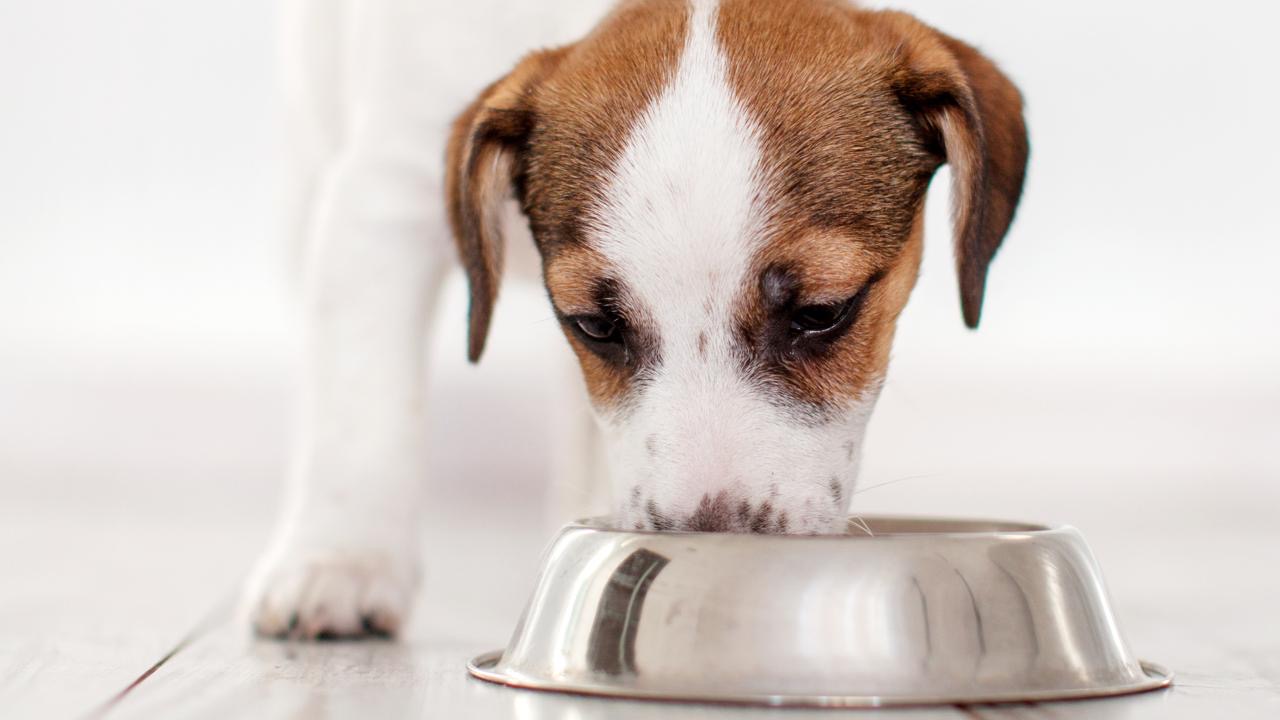
Dietary NeedsDietDigestionDogsPuppy
What Should I Feed My Puppy?
Apr 06 2024
•
8 mins 30 secs

Dietary NeedsDietDigestionDogsPuppy
Phantom Pregnancies in Dogs
Mar 22 2024
•
6 mins 15 secs

Dietary NeedsDietDigestionDogsPuppy
Should I Feed my Itchy Dog a Cool Protein?
Jan 18 2024
•
4 mins 40 secs
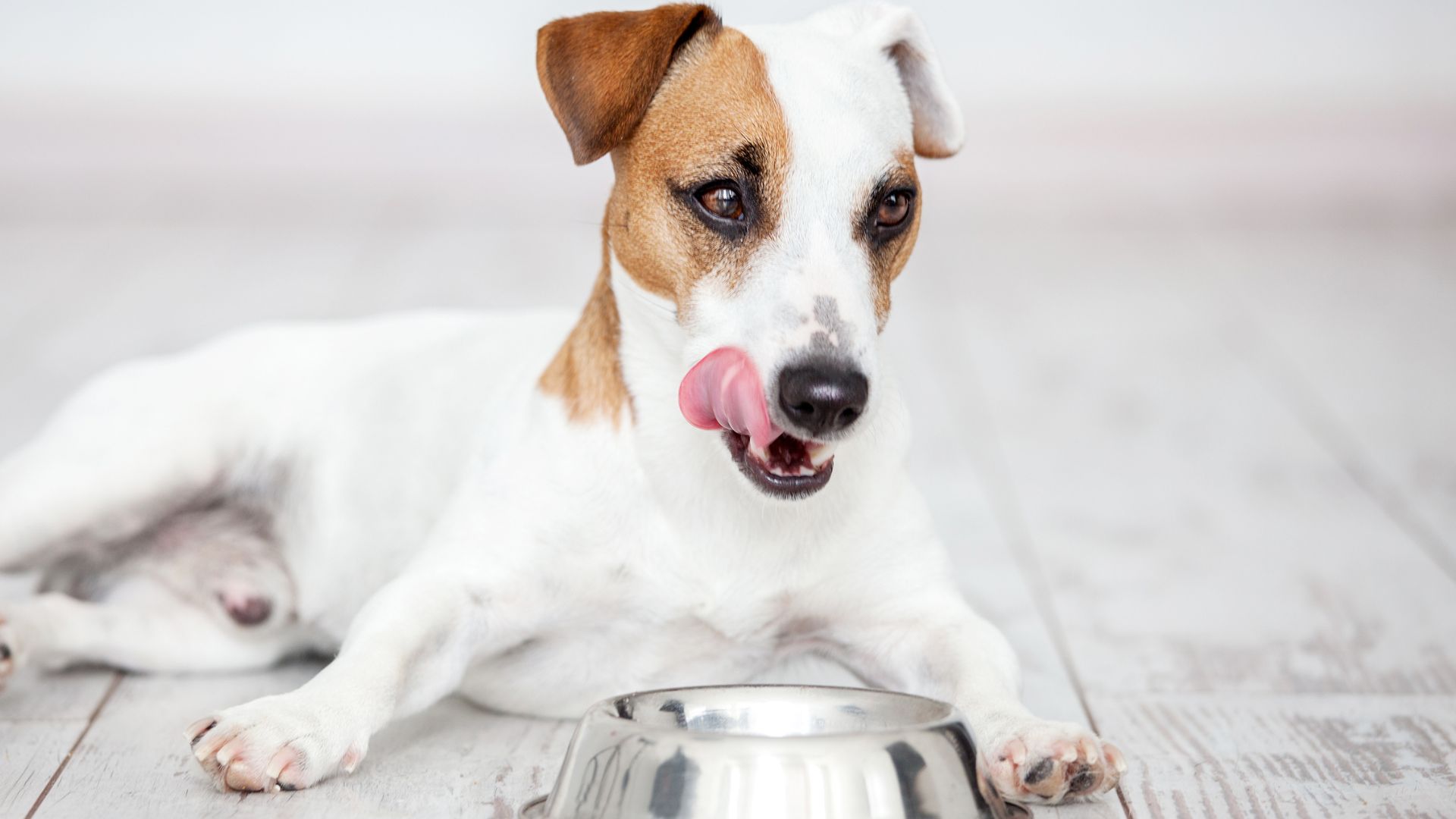
Dietary NeedsDietDigestionDogsPuppy
Is My Dog a Carnivore or an Omnivore?
Aug 03 2023
•
8 mins 30 secs

Dietary NeedsDietDigestionDogsPuppy
The Ultimate Guide to Knuckling in Dogs
Dec 15 2022
•
8 mins

Dietary NeedsDietDigestionDogsPuppy
The Two Things Puppies Need
Sep 05 2022
•
6 mins 40 secs

Dietary NeedsDietDigestionDogsPuppy
Why Sleep Is So Important For Puppies
Jul 25 2022
•
10 mins 40 secs
✕






